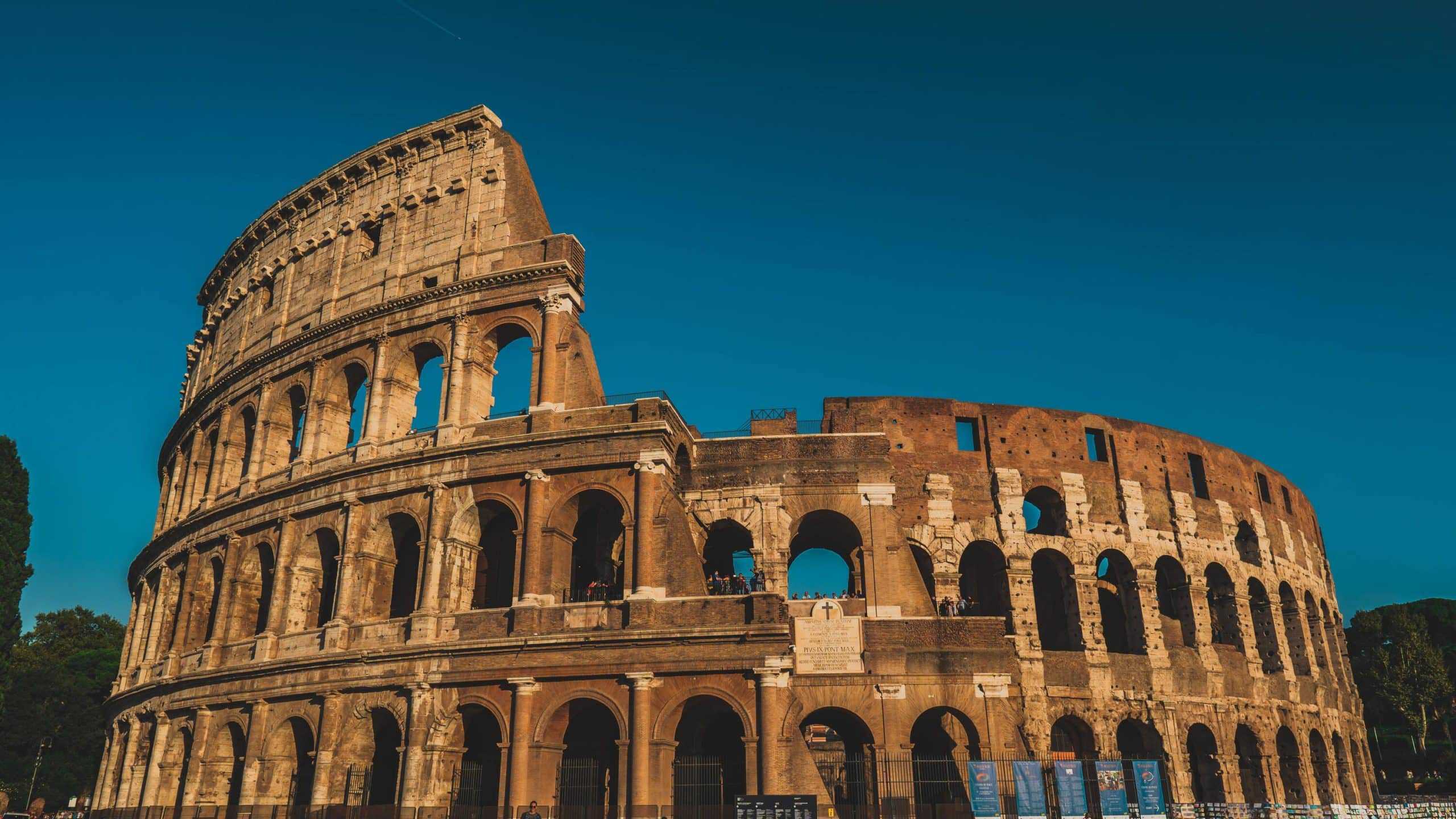Ever wonder why so many Roman buildings and structures from thousands of years ago are still standing today?
Scientists have speculated for years but have never been able to pinpoint exactly why – until now. In fact, a leading theory was that the concrete contained something called pozzolanic material, which is derived from volcanic ash.
But a new study out of the Massachusetts Institute of Technology and Harvard University has identified the presence of “lime clasts” – white chunks that apparently heal cracks over time. Ironically, the presence of this particular material was once thought to be the result of sloppy mixing.
Admir Masic, a professor of civil and environmental engineering at MIT and the lead author of the study, wasn’t so sure.
“The idea that the presence of these lime clasts was simply attributed to low quality control always bothered me,” he said. “If the Romans put so much effort into making an outstanding construction material, following all of the detailed recipes that had been optimized over the course of many centuries, why would they put so little effort into ensuring the production of a well-mixed final product? There has to be more to this story.”
It turns out, there was more to the story.
Researchers discovered that when you mix the concrete at high temperatures – a process called “hot mixing” – lime clast compounds emerge. These compounds actually create what’s referred to as a “reactive calcium source.” Should cracks ever appear in the concrete, something that’s inevitable over time, the fissures are healed by a recrystallized version of the calcium.
It’s this near miraculous and seamless and seemingly invisible process that explains why Rome’s Pantheon and city sea walls are still standing, to name only a few of the multi-millennia-old structures that remain today.
When I first read the stories about these remarkable findings, I couldn’t help but liken the explanation behind the strength of this reinforced concrete to the sturdiness of marriages that go the distance.
A good marriage is like a sea wall getting battered by the winds and the waves on a daily basis. There’s so much pressure on couples today. Even marriage itself is mocked and relegated to an afterthought in some circles, especially as cohabitation skyrockets.
Yet, like a sturdy sea wall that holds back damaging water, marriages serve to protect against the churning tides of culture. But like Roman concrete, the very best marriages contain certain ingredients that make all the difference. Healthy and happy unions are based on a mutual love of Jesus Christ, unfailing love for one another and a willingness to endure through sickness and health.
But like the special Roman concrete, the very best marriages are often forged and strengthened after enduring the metaphorical high temperatures of tough times and testing. Maybe it’s a sickness, a financial setback, infertility, or the loss of a parent. Tough times never leave a marriage the same. But when the right ingredients are present, the difficult seasons bring out what may have been previously hidden, further binding husbands and wives together, creating a nearly unbreakable bond.
Scientists are hopeful their new findings will lead to more efficient and stronger modern concrete production. As it turns out, sometimes the best ways aren’t the newest ways – yet one more parallel to the timeless multi-millennia-old truths of the Bible when it comes to counsel for married couples and their quest to go the distance.




















